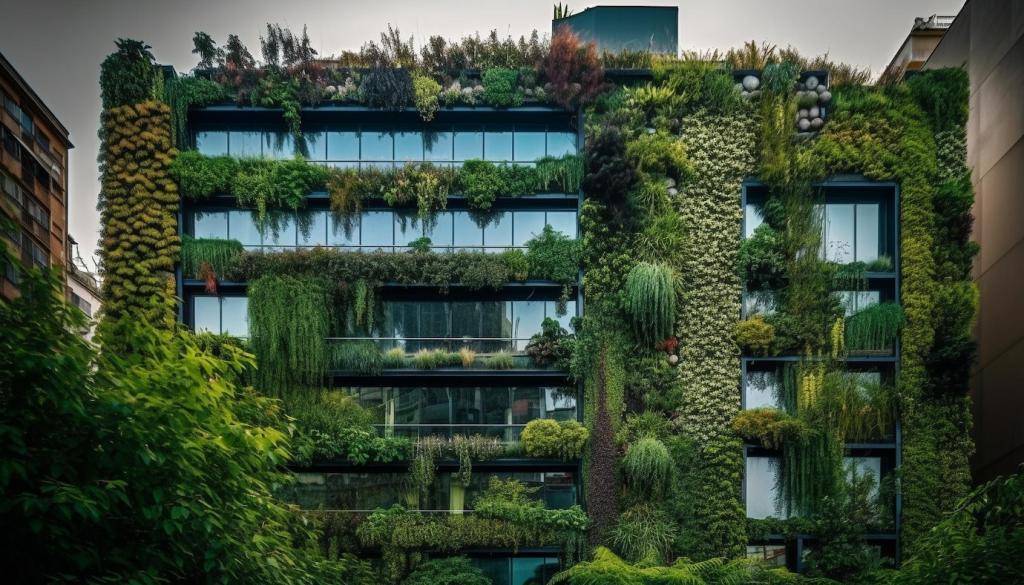Urban Vertical Gardens: Space-saving Solutions
Urban vertical gardens represent a transformative approach to city living, providing lush green oases in spaces where horizontal landscapes are scarce. These innovative installations breathe new life into concrete environments, enhancing both aesthetics and air quality. More than just decorative elements, vertical gardens are strategic solutions for urban dwellers seeking to integrate nature into compact apartments, offices, and community spaces. As cities continue to expand upwards and outwards, the verticality of these gardens mirrors the architectural evolution of urban landscapes, making them ideal for modern living.

Modern architecture has begun to embrace the integration of living walls and vertical gardens as part of building facades, courtyards, and rooftops. This trend acknowledges the crucial role of plants in enhancing urban environments, both visually and functionally. Vertical gardens are designed to attach securely to structural surfaces, often incorporating self-watering systems to ease maintenance. By using innovative supports and robust irrigation technology, architects and residents can introduce a striking natural element to their spaces that changes with the seasons, all without compromising on valuable square footage.
Maximizing Green Spaces in Urban Environments
Environmental Benefits of Vertical Gardens

Improving Air Quality and Reducing Pollution
The dense array of plants in a vertical garden acts as a natural air filter, trapping dust, absorbing pollutants, and releasing clean oxygen. Certain plant species are particularly effective at eliminating toxins like formaldehyde and benzene, making vertical gardens an excellent choice for offices or residential buildings in high-traffic areas. By contributing to cleaner air in crowded cities, these installations help mitigate respiratory issues and promote overall public health. As more individuals incorporate vertical gardens into their environments, the cumulative effect can help cities breathe a little easier.

Cooling Cities Through Evapotranspiration
Urban areas are infamous for their heat island effect, where concentrations of concrete and asphalt significantly raise local temperatures. Vertical gardens provide an efficient method of passive cooling through the process of evapotranspiration, where plants release water vapor into the air, lowering surrounding temperatures. The presence of greenery also shades facades, protecting interiors from direct sunlight and reducing the need for air conditioning. In turn, this lessens energy consumption and greenhouse gas emissions, though the impact is most pronounced when these gardens are employed on a larger, city-wide scale.

Supporting Urban Biodiversity
Cities dramatically alter natural habitats, making it difficult for native plant and animal species to thrive. Vertical gardens offer new ecological niches, especially in areas devoid of parks or green belts. They can be carefully planted to support local pollinators such as bees, butterflies, and birds, fostering a miniature ecosystem amidst skyscrapers and pavement. By prioritizing indigenous species adapted to local conditions, vertical gardens become valuable havens of biodiversity, adding resilience to urban environments and connecting city dwellers with the rhythms of the natural world.
Design Innovations in Vertical Gardening
Modular vertical garden systems are revolutionizing the ease and flexibility of installation. These prefabricated units come in various shapes and sizes, allowing users to cover entire facades or create small accent features. Individual modules can be swapped out or reconfigured as needed, making maintenance and redesign straightforward. This adaptability encourages experimentation and creativity, encouraging everyone from homeowners to city planners to embark on greening projects without committing to complicated, permanent structural changes. The modular approach not only simplifies the process but also future-proofs green installations against the changing needs of urban environments.

